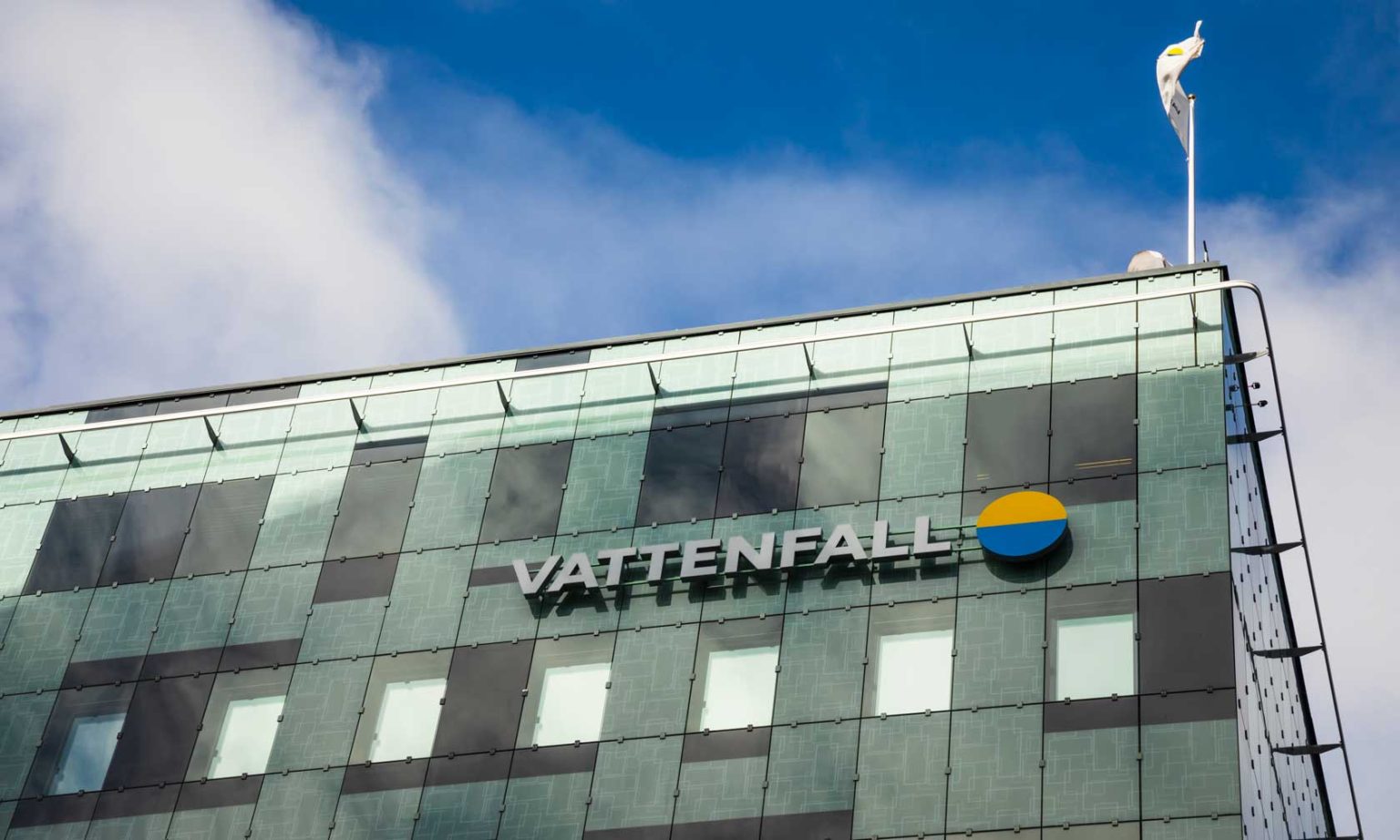Sweden’s nuclear power landscape is edging closer to its first new construction project in more than 40 years. Vattenfall has shortlisted GE Vernova and Rolls-Royce SMR as potential suppliers for small modular reactors (SMRs) on the Värö Peninsula, narrowing the field from an initial 75 candidates to two.
The decision underscores both the urgency and complexity of expanding nuclear capacity in a country where electricity demand is projected to rise sharply due to industrial electrification and fossil fuel phaseouts.
The Värö Peninsula, home to the existing Ringhals nuclear plant, is regarded as the most viable site for early deployment. The location benefits from established nuclear competence, grid infrastructure, and a strong regional demand for electricity. Yet space and logistical constraints make reactor size and modularity decisive factors. According to Vattenfall, SMRs offer advantages in land use, staffing requirements, and construction logistics—areas where large-scale reactors have historically faced delays and cost overruns.
The two shortlisted technologies take different approaches to modular nuclear. GE Vernova proposes up to five units of its BWRX-300, each designed for 300 MW capacity. Rolls-Royce SMR, by contrast, envisions three units with higher individual output, together reaching a similar 1,500 MW total. To put this into perspective, the planned fleet would match the capacity of a large-scale unit at Oskarshamn, but distributed across smaller, more flexible reactors.
Cost control is central to the selection process. Vattenfall executives have highlighted the logistical efficiencies of modular systems, particularly the reduced workforce demands during construction and operation. These factors have been major stumbling blocks in recent European projects, with both Olkiluoto 3 in Finland and Flamanville 3 in France facing significant overruns. By contrast, the SMR model emphasizes standardized factory-built components, which could mitigate risks associated with bespoke on-site construction.
The initiative extends beyond Vattenfall. The industry consortium Industrikraft, representing 17 Swedish industrial companies, has been engaged from the outset. Its chair, Tom Erixon, has stressed the need for stable long-term political commitments if Sweden is to move from plans to execution. The government’s stance on risk-sharing—through guarantees or direct investment—will be a determining factor in whether the Värö Peninsula project advances to final investment decision.
Vattenfall is already planning beyond the initial build. If conditions allow, the company envisions additional 1,000 MW capacity at the Ringhals 1 and 2 sites, previously home to decommissioned reactors. CEO Anna Borg has argued that a successful first deployment will be critical in laying the foundation for further expansion, suggesting a phased strategy rather than a one-off investment.
For now, the next steps involve final supplier selection and a formal application for state-backed risk-sharing mechanisms.
Stay updated on the latest in energy! Follow us on LinkedIn, Facebook, and X for real-time news and insights. Don’t miss out on exclusive interviews and webinars—subscribe to our YouTube channel today! Join our community and be part of the conversation shaping the future of energy.
